AlainK
Imperial Masterpiece
I don't want to mix species, but Davidlpf's post on his "cork-bark" elms made me think of my "field maples", Acer campestre.
I have one with broad, rounded leaves. I took several root cuttings, and whatever the exposure to the sun, they all kept their characteristics. the one in the ground (regularly pruned to 2 metres, 7 feet), the others potted, with smaller leaves - of course, they are "bonsai" :
:
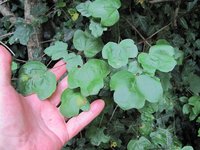
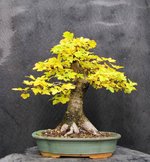
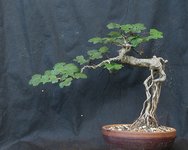
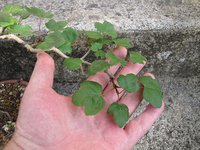
I also have some that look more like the ones I used to see when I was young : smaller, more divided leaves. One of them is another self-sown tree that I kept where it sprouted, it hides my dusbins (the green one and the blue one, I bring the bottles to the glass container once in a while). It gets the sun most of the day, say from 8:00 to 19:00 in summer.
Branches in their 2nd, 3rd and 4th year have this strange corky bark :
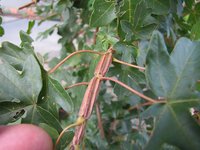
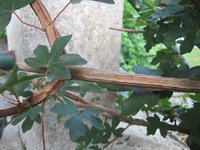
Even older branches show this, and even the trunk, to some extent. But the lower branch in the last photo doesn't, but notice the spider-like helm at the base :
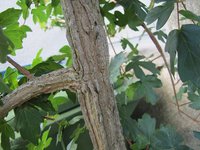
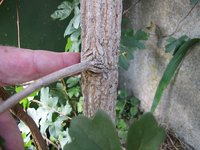
I might try to get some root cuttings next spring since they're easy to propagate that way.
I think I also remember someone from England posting about a field maple with unusual leaves a few months ago: if he reads this, I'd be interested to hear about his tree...
I have one with broad, rounded leaves. I took several root cuttings, and whatever the exposure to the sun, they all kept their characteristics. the one in the ground (regularly pruned to 2 metres, 7 feet), the others potted, with smaller leaves - of course, they are "bonsai"




I also have some that look more like the ones I used to see when I was young : smaller, more divided leaves. One of them is another self-sown tree that I kept where it sprouted, it hides my dusbins (the green one and the blue one, I bring the bottles to the glass container once in a while). It gets the sun most of the day, say from 8:00 to 19:00 in summer.
Branches in their 2nd, 3rd and 4th year have this strange corky bark :


Even older branches show this, and even the trunk, to some extent. But the lower branch in the last photo doesn't, but notice the spider-like helm at the base :


I might try to get some root cuttings next spring since they're easy to propagate that way.
I think I also remember someone from England posting about a field maple with unusual leaves a few months ago: if he reads this, I'd be interested to hear about his tree...
